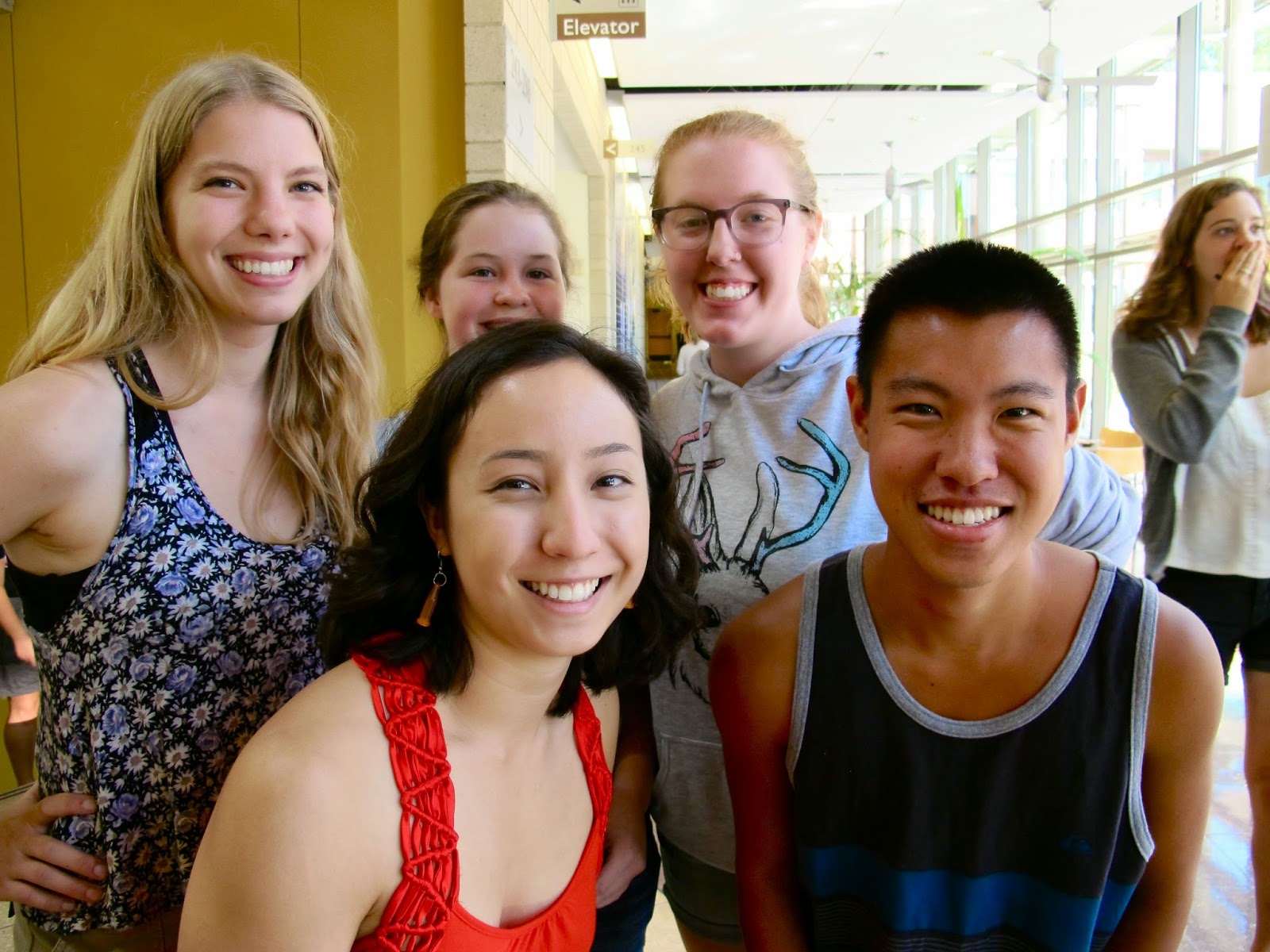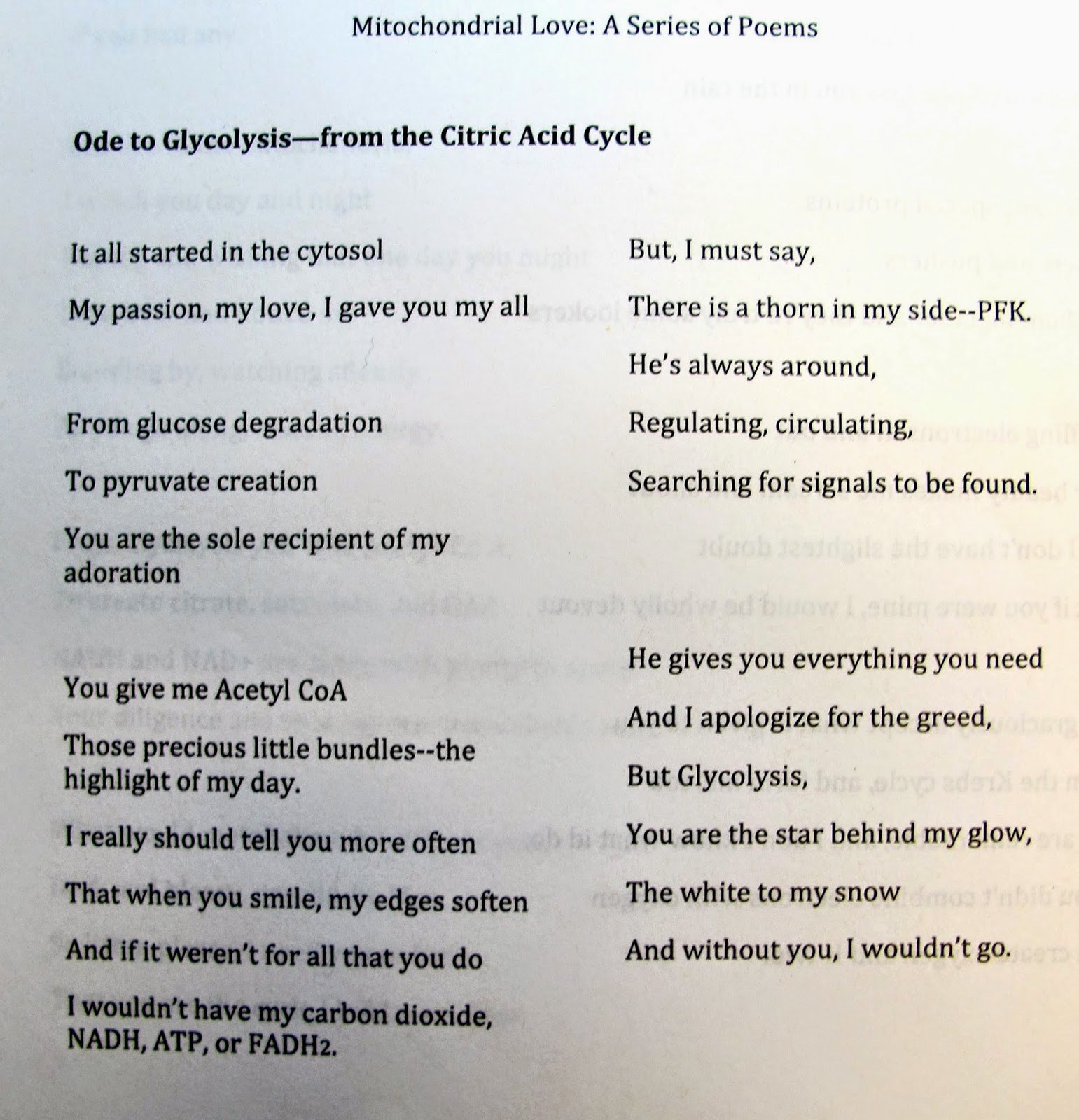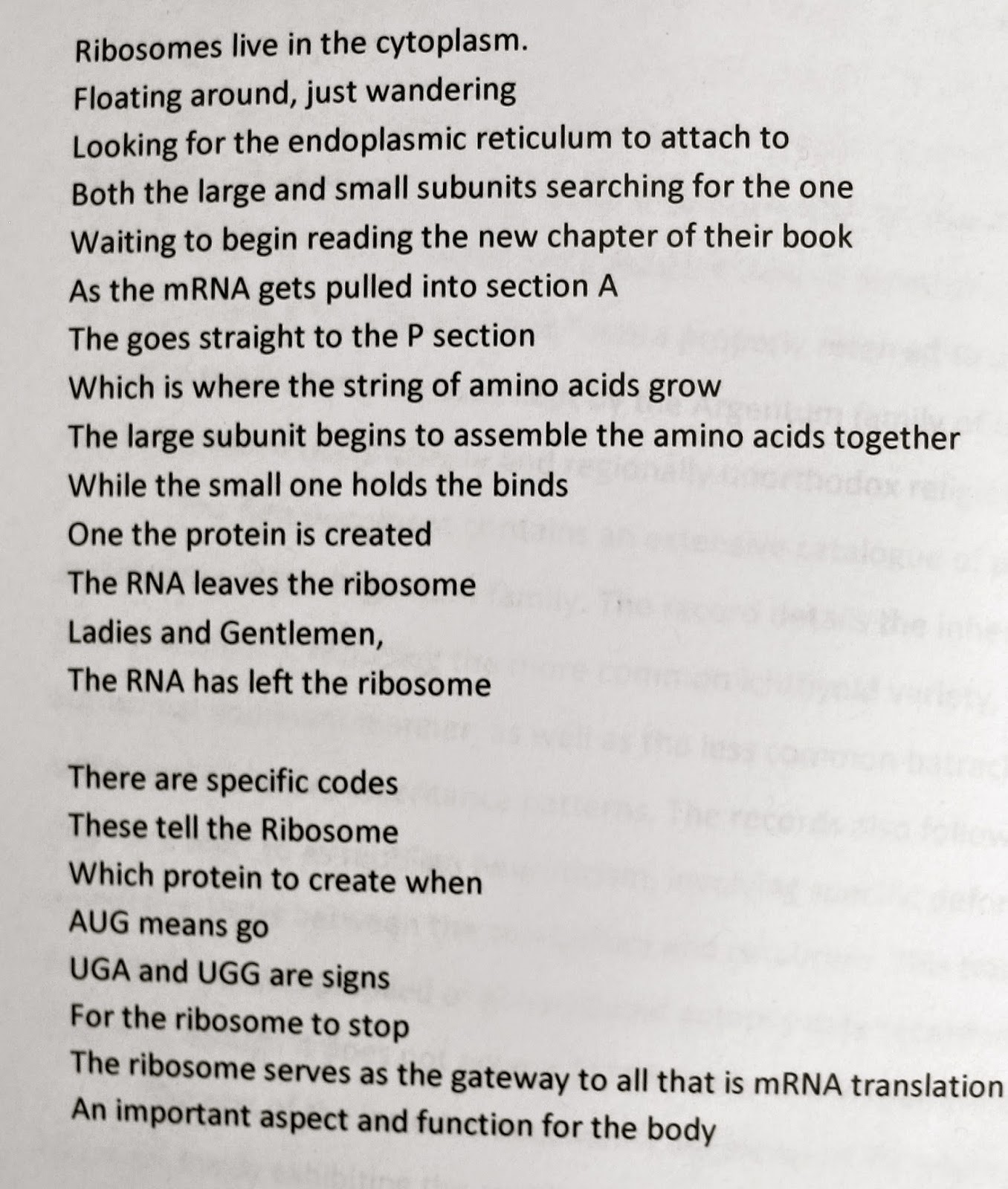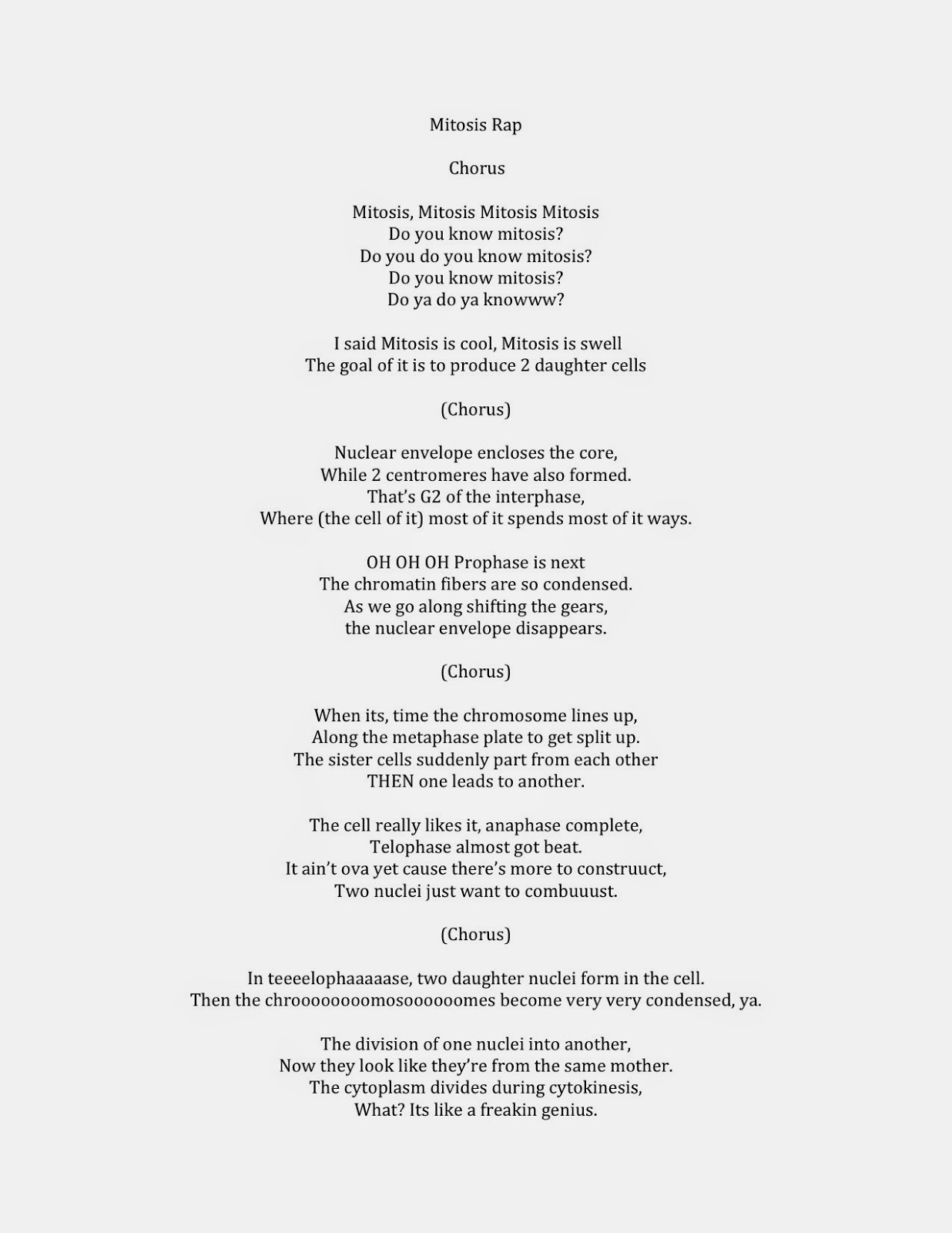At the same time, there are wonders all around us, if we but take the time to look and listen. Quiet contemplation is something from which we could all benefit, but we seem to have too little time for it, as a culture.
The approach of New Year's Day makes most people reflect a bit. And I was doing so, as the narcissist (and not in the self-congratulatory sense of the term) I suspect I am. I spent some time feeling unhappy with the things I had not done, the progress not met, the potential not met, the accomplishments not realized. I felt and feel more than a little bitter at not reaching the dreams and goals in my heart.
While it is true I am the luckiest person in the world from my perspective (to have the wife and children I do, the moderate health I enjoy, and a job that meets many of my professional needs), there is something in all of us that dreams of, as Edward G. Robinson put it in the move "Key Largo," more.
Then I remembered a hero of mine, Randy Pausch. The late Dr. Pausch was a charismatic computer scientist who chronicled his battle with pancreatic cancer and become something of a media icon before his death in 2008. Pausch wrote a book called "The Last Lecture," which is both practical and highly inspirational. I have given away dozens of copies to undergraduate students. If you have not read it, you should. ASAP.
There are several quotes from Dr. Pausch's book that stick with me. I would like to share them with you.
This first one is so very important, especially to how I view science.
When you're eight or nine years old and you look at the TV set and men are landing on the moon---anything is possible. And that is something we need to not lose sight of, is that inspiration and permission to dream is immense...it's important to have specific dreams.I was that young boy watching Neil Armstrong on grainy television in 1969. And many people, and many students, seem to be about settling, about limitations. Focusing on what cannot be done, instead of working to...well, make their dreams come true.
Which leads me to:
Never lose the child-like wonder. It's just too important. It's what drives us.I have always loved science, even when it does not love me back. And I am awestruck by what is being discovered nearly every day. It's what makes me a scientist, even at my level.
Staying upbeat can be a challenge. Dr. Pausch has it spot-on.
You just have to decide whether you are a Tigger or an Eeyore. You have to be clear where you stand on the Tigger/Eeyore debate.I have spent too long as an Eeyore, when I am temperamentally meant to be a Tigger. How about you?
Some wonderful advice about education.
The best way to teach somebody is to have think they are learning something else. I've done it my whole career. And the head fake here is that they are learning to program, but they just think they are making movies and video games.I have done that with my "extra credit creative projects" in my classes in recent years. Pausch is absolutely right.
That in turn led me to:
The best gift an educator can give is to get someone to be self-reflective.Yes! I have long said that the three most important words in science are "I don't know." Some folks don't agree, but I don't care. We can fix the "I don't know," and history has shown that inflexible and self assured attitudes harm science more than help it. Certitude and authority are the enemies of science. It's how we know, as much as what we know. Science is a process, not a destination.
And, more than a little painfully, Pausch shares some thoughts about succeeding in life (and academia).
General Advice: (i) never break a promise, but renegotiate them if need be. (ii) If you haven't got time to do it right, you don't have time to do it wrong. (iii) Recognize that most things are pass/fail. (iv) Feedback loops: ask in confidence.Number three is particularly important. We really do tend to think all life is a graded exercise.
Also, some stinging truths.
Experience is what you get when you didn't get what you wanted.I realize that many, many people have had a more challenging path through science than I have. But I have had many, many reverses, poor choices, some bad luck, and, um, not so nice people with whom to contend. It can be frustrating. It can make a person bitter, a sentiment with which I battle often. And Randy Pausch's spirit has long chided me with this:
The brick walls are there for a reason. The brick walls are not there to keep us out. The brick walls are there to give us a chance to show how badly we want something. Because the brick walls are there to stop the people who don't want it badly enough. They're there to stop other people.I re-read this quote a lot when I am feeling low.
Here is one with which I have always struggled, courtesy of Dr. Pausch's high school football coach:
He said, when you're screwing up and nobody's saying anything to you anymore, that means they gave up. And that's the lesson that stuck with me my whole life. Is that when you you see yourself doing something badly and nobody's bothering to tell you anymore, that's a very bad place to be. Your critics are the ones telling you they still love and care.I think that entirely depends on the critics, but there is much truth in what Pausch's football coach said.
When dealing with difficult people, Dr. Pausch is very wise indeed.
Find the best in everybody...you might have to wait a long time, sometimes years, but people will show you their good side. Just keep waiting no matter how long it takes. No one is all evil. Everybody has a good side. Just keep waiting. It will come out.Dr. Pausch learned that from his high school football coach, again. The coach put it a bit differently.
When you are pissed off at somebody, and you're angry at them, you just haven't given them enough time. Just give them a little more time---and they'll almost always impress you.That one is particularly tough for me, given my path through academia, but it is also true.
Here is Pausch's quote from the end of his talk and his book that impacts me the most, emotionally:
Did you figure out the head fake? It's not about how to achieve your dreams. It's about how to lead your life. If you lead your life the right way, the karma will take care of itself. The dreams will come to you.
Did you figure out the second head fake? This talk's not for you. It's for my kids.Always makes me tear up. But then, I am a Sensitive New Age Guy™ in most ways.
There is much wisdom in his book. Again, I highly recommend it.
But do read this book, and watch the videos. You will be intellectually and ethically the richer for it, I promise.
For New Year's Day, may I suggest you watch his "last lecture"? I can promise you will find much of value in that 70-some-odd minutes.
His home page has many more resources and videos, all of which are uplifting and moving.
Let me go further, and recommend just a couple of more videos. Such a remarkable man, such a great loss. But look at how he was willing to share with all of us (and his family) quite a bit of wisdom and humor and bravery.
His widow Jai gives some thoughts about Pausch, his bravery, and the need for support into finding treatment or a cure for pancreatic cancer.
I think that Dr. Pausch's commencement speech at Carnegie-Mellon (not long before he passed away) is required viewing.
At the end of his speech, you will see Randy Pausch pick up his wife Jai to paradoxically show his strength (he was more than a bit of a showboat). She buries her face in his shoulder. I have read that she then whispered to him, "Don't you die on me" through tears, and he whispered back "I'm working on it."
Some of his dreams may seem trivial. All of our dreams might be seen as such, from outside. But they are our dreams.
Randy Pausch loved "Star Trek," and had worked on some video games for that franchise. William Shatner knew him slightly, and when he heard of Pausch's battle against pancreatic cancer, he characteristically sent a 8 x 10 head shot of himself (Mr. Shatner is nothing if not, um, self-assured). But what Shatner wrote is moving. "I don't believe in the no-win scenario," which is both a trope from "Star Trek," and a wonderful sentiment for Dr. Pausch.
Finally, when J.J. Abrams "re-booted" "Star Trek," he gave Randy Pausch a chance to have a bit part in the movie. Here he is, though you need to look quickly:
So even one's most unlikely dreams can come true.
There is a poem I am fond of, by Delmore Schwartz, titled "Calmly We Walk Through This April's Day." It has a line that always made me sad:
"...Time is the fire in which we burn..."I first learned about this poem, in all places, from a "Star Trek" movie: "Star Trek Generations." It was uttered by a character trying to beat mortality in an unusual fashion (Malcolm McDowell is a remarkable actor, by the way).
But the poem is much better than that. The link above will take you to entire text, which is decidedly worth your time.
Notice the line I hope we can all (me emphatically included) recall more than the one that made me sad:
"...Time is the school in which we learn...."Grab life as Randy Pausch suggested. Make your dreams come true. And as both Dr. Pausch and Winston Churchill urged: never give up.
When my mother Wanda Martin was first diagnosed with ovarian cancer, I bought her this as a paperweight.
My father gave it to me the day after she passed away. I look at it every day, and we should all take the lesson to heart.
What are your childhood dreams? And what are you doing in 2015 to make them happen?
May 2015 make your dreams come true. As for me, I have work to do.
Happy New Year to all!































































